Uncategorized
-
 Climate
ClimateKangaroo farts may not be so eco-friendly after all
Kangaroos fart methane, but not much thanks to the metabolism of gut microbes
-
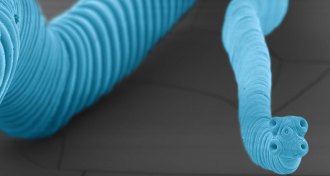 Health & Medicine
Health & MedicineParasite gives a man cancer
Tapeworms can kick parasitism up a notch to become cancer, a case in Colombia shows.
-
 Science & Society
Science & SocietyScientists find the intrigue in Earth’s dullest times
New methods, coupled with new attitudes, are revising ideas about Earth's boring billion.
By Eva Emerson -
 Science & Society
Science & SocietyQuantum spookiness, magnetic mysteries and more feedback
Letters and comments from readers on quantum spookiness, Earth's magnetic field, and more.
-
 Particle Physics
Particle PhysicsAntiprotons match protons in response to strong nuclear force
The first study of how antiprotons interact with each other reveals yet again that particles of antimatter behave just like their ordinary matter counterparts.
By Andrew Grant -
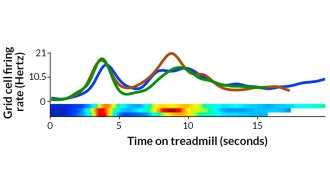 Neuroscience
NeuroscienceBrain’s GPS cells map time and distance, not just location
Brain’s GPS cells map time and distance, too.
-
 Neuroscience
NeuroscienceBlood exerts a powerful influence on the brain
Instead of just responding to the energy needs of neurons, the blood can have a direct and powerful influence on the brain.
-
 Animals
AnimalsColor of light sets dung beetles straight
Dung beetles may rely on green and ultraviolet colors in the sky to help orient themselves.
By Susan Milius -
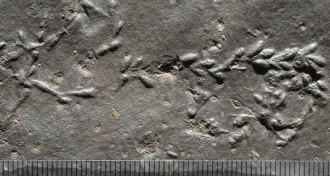 Paleontology
PaleontologyAncient larvae built predator-thwarting mazes
Mazelike tunnels built by ancient insect larvae offered protection from predators, paleontologists propose.
-
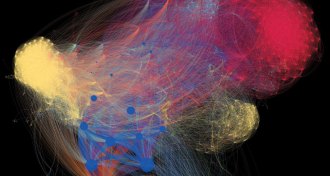 Animals
AnimalsDiagram captures microbes’ influence across animal kingdom
A network diagram of animal species shows that many microbes living in humans also make themselves at home in dogs, pigs and cattle.
By Meghan Rosen -
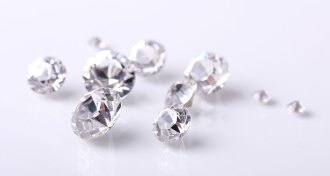 Earth
EarthNew recipe for diamonds: Just add acid
Simulating the chemistry, pressures and temperatures in Earth’s interior, scientists have discovered a new way diamonds can form.
-
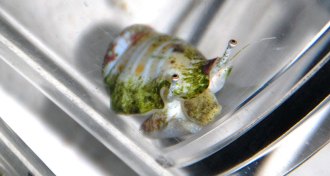 Animals
AnimalsHunchbacked conchs jump at the smell of danger
Hunchbacked conchs are among the most vigorous of snailkind’s few jumpers.
By Susan Milius